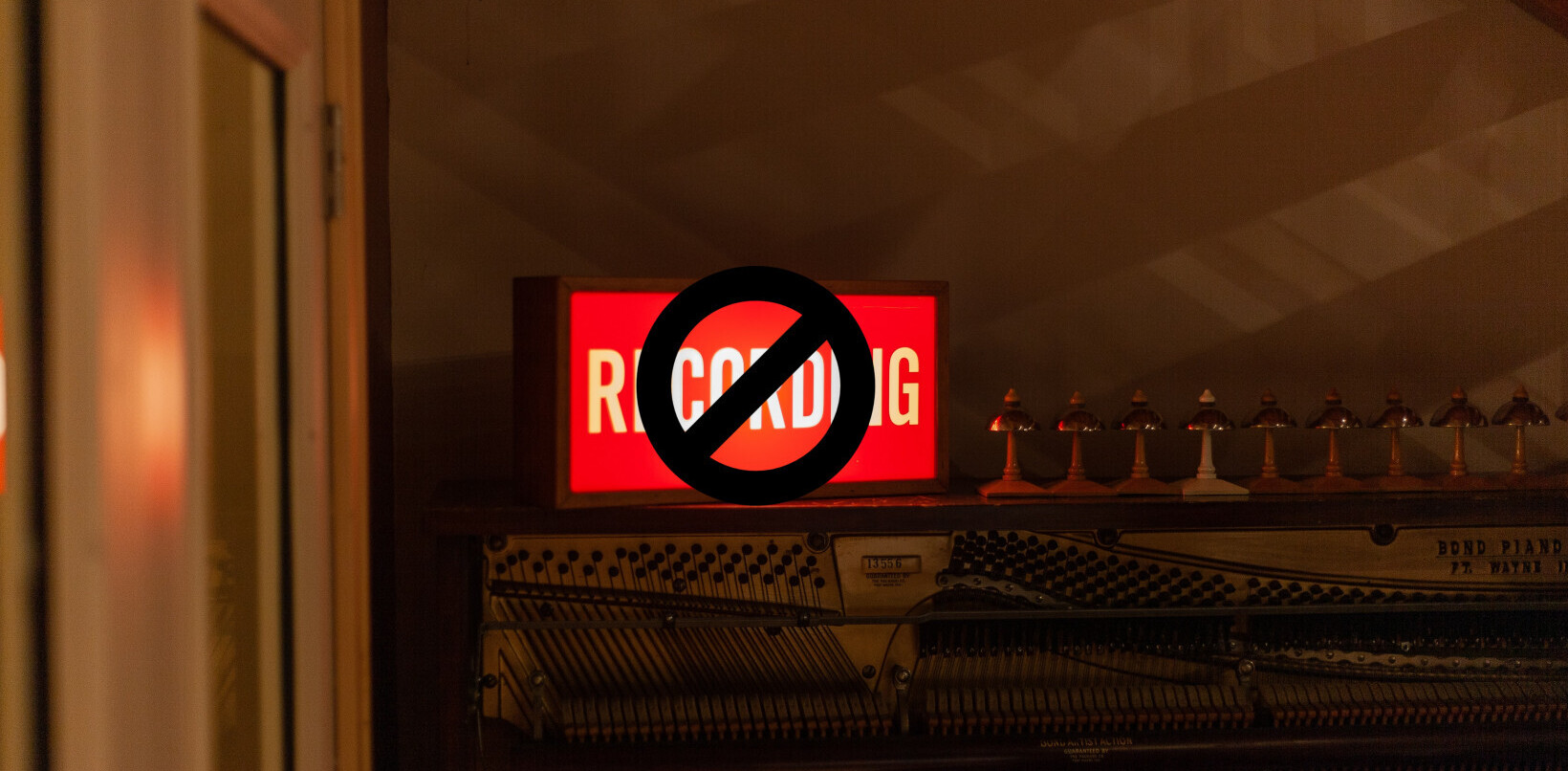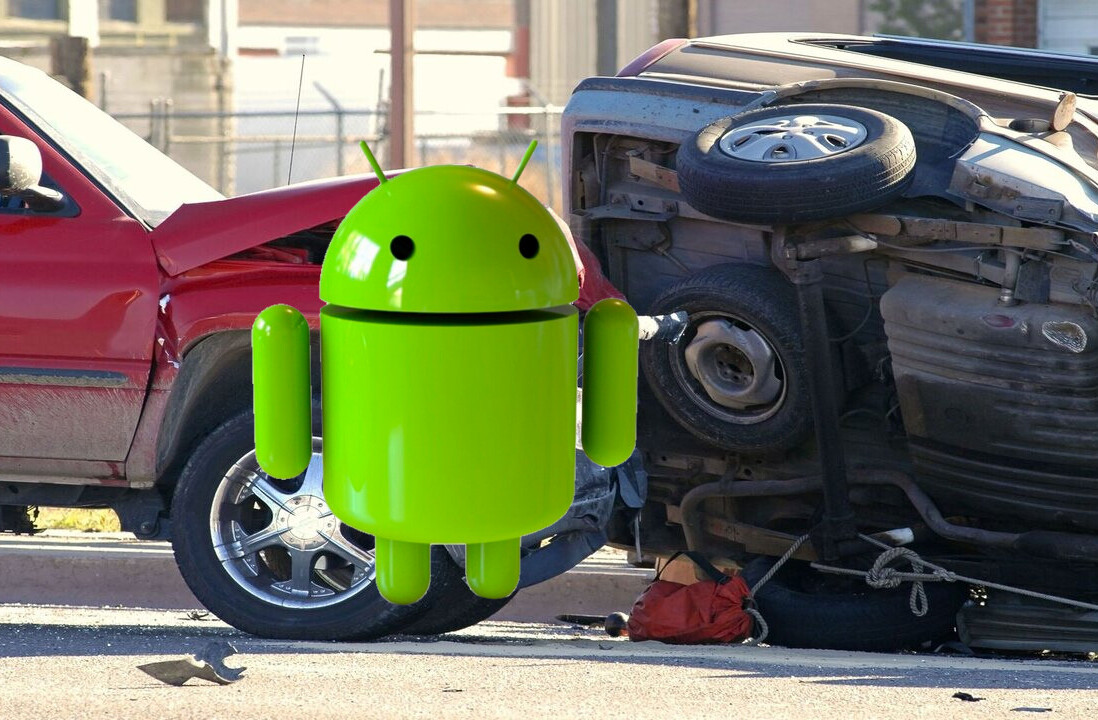
 When it comes to all things mobile, simplicity is king. Simple UIs, easy-to-use handsets and uncomplicated games are all ideal when you’re on the move.
When it comes to all things mobile, simplicity is king. Simple UIs, easy-to-use handsets and uncomplicated games are all ideal when you’re on the move.
The runaway success of the iPhone can be partly put down to the fact that it’s both simple and powerful.
Google’s open source Android mobile OS looks like it may be sacrificing its ease of use as it fragments into an increasing number different versions.
To date Android has been promoted to the public as an iPhone-rivalling mobile experience with Google services at its heart. The thing is, an increasing number of versions of the OS are being developed that deviate from that simple description.
Here are some of the different versions currently available.
- Google Experience handsets like the G1 use the ‘official’ Google version of Android. They get over-the-air software updates and provide the full suite of integrated Google services.
- Some handsets with modified UIs are starting to appear. HTC and Motorola may have built better looking ways to use Android but you won’t be able to download official Android updates from Google, you’ll have to wait for the handset manufacturer to sort that out for you.
- Android based computers such as the Archos 5 Internet Tablet will most-likely run highly customised Android builds. Archos, for example, will have its own app store instead of the standard Google one.
- There’s an active community of homebrew OS modders creating their own versions of Android. One popular mod, Cyanogen, has been put on hold thanks to Google objecting to its apps being distributed with it. As a result an Open Android Alliance (as opposed to Google’s own Open Handset Alliance) is aiming to create open source alternatives to the parts of Android that aren’t open source – Google Maps, GTalk, the Youtube client and the like. Install one of these mods and you won’t get any Google content at all.
So, the first Android handset is less than a year old and already we’re seeing the OS split into numerous directions. What does this mean for the average consumer? Confusion.
As time goes on, these different development strands are likely to get further apart and become increasingly incompatible. Even if they run standard Android apps, they may well fail to deliver what consumers have been told to expect from Android.
Will a particular handset run all Android apps? Will it work seamlessly with your Google account? Will the UI be familiar? Will the OS update automatically? Consumers have to double check these things before buying an Android device.
With the iPhone’s global reach expanding ever further, the Palm Pre starting to reach out beyond the USA and Nokia doing very interesting things with the N900, Android may start to lose its appeal in the face of its rivals’ simplicity.
While Android is highly attractive to developers and hardware manufacturers thanks to its cost-effectiveness and openness, as a consumer brand it is looking increasingly weak.
Get the TNW newsletter
Get the most important tech news in your inbox each week.




